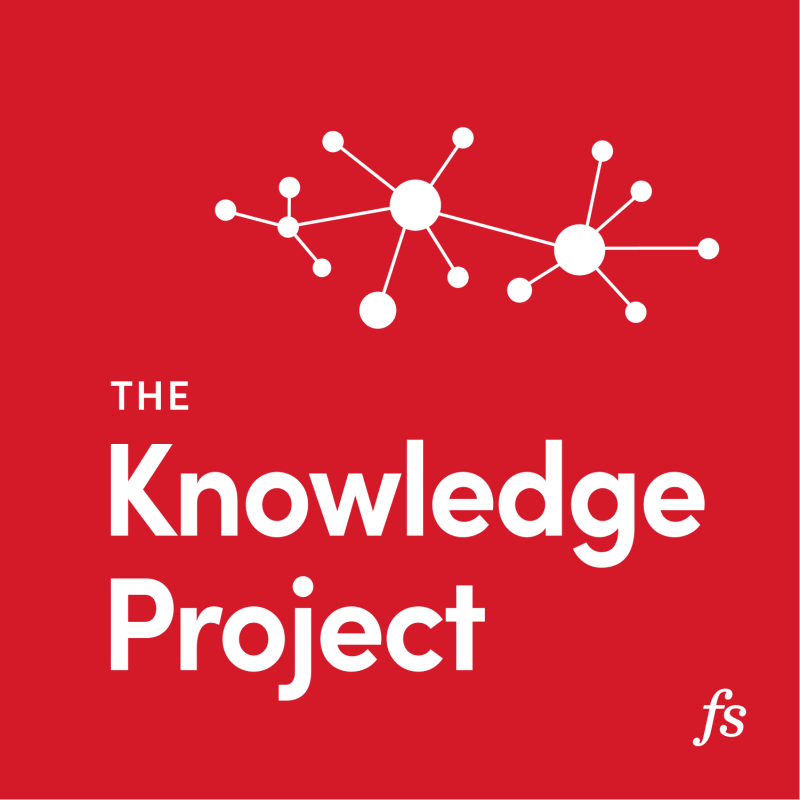My guest today is legendary car designer Frank Stephenson.
Listen on: Apple Podcasts | Spotify | Transcript
Frank’s name is synonymous with elegant design. Whether he is reimagining iconic commuter cars like the Fiat 500 or the MINI or designing limited-number supercars like the Ferrari FXX or McLaren P1, his approach is the same. Frank’s attention to detail, commitment to research, and desire to do his very best work are the reasons he has led design teams all over the world for companies like Ferrari, Maserati, Fiat, Romeo, Alfa, Mini, McLaren, and more.
Frank talks about his early days as a professional motocross racer in this discussion and why he decided to throw in the towel. You’ll learn how to be more innovative in your work, where Frank goes to get inspiration, and what it takes to make a mastered skill appear “effortless.” We also discuss Frank’s fascinating vision of the future of automobiles and how he uses biomimicry in his design work. (He tells a great story of how he almost got fired for shipping a huge stuffed sailfish across the ocean.)
Even if you aren’t a “car person,” there are volumes you can learn from Frank about innovation, creativity, and mastering your craft.
Here are a few highlights from our conversation:
In the design world, we can’t stay with a solution that we’ve always had. It’s always about finding a better way because there’s competition out there. It’s a dog eat dog world out there, and if you can’t find a way to adapt and to change, to find a solution for any problem, then you’re going to fall behind. It’s all about staying relevant to the problem at hand.
You can kid yourself quite a bit if you’re not really self-analytical about the truth. And I’m lucky to have a parent who was, who was able to tell me the truth. He loved me as much as any parent could love a child, and at the same time, he wanted the best for me, and he wanted me to be happy. But he could see from the outside that pretty much “you’re good, but you’re not good enough, and good isn’t good enough.”
Engineers typically don’t like to be pushed in this innovative direction because it puts them in a position of having to figure out something very quickly that hasn’t been done before. They would rather rely on past solutions and the current status quo to turn out work that they’re guaranteed will not fail. That it’s quality and they know what it’s going to cost. The moment the designer gets all excited and starts envisioning the future and coming out with ideas that haven’t been proven or developed, that puts him at risk that he’s not going to be able to deliver.
I think people can relate that when you do something that basically comes across as being effortless or very easy, it’s not. You’ve done your research. You’ve practiced enough to understand that you have the talents to apply them to a design. You understand proportion. It was still all the basics.
That’s the problem with a lot of companies. They’re in it for the profit. They’re not in it for the actual excitement of bringing something exceptionally new to the market, so they’re playing it safe. The whole thing with a designer is designers aren’t wired to play it safe. They’re wired to take risks and companies are risk-averse.
That excitement of doing your best work rubs off throughout the organization and you get much happier people in these organizations working as teams. You get a lot of momentum. Excitement builds up when you’re allowed to express your creativity and things go smoother.
If you’re in the market for a budget car or everyday car, so many cars cover that well enough today. Design tends to be the deciding factor when it comes to making the decision of what car I want. What does the brand represent and what does it look like? I’m going to be driving this thing and my neighbors will be seeing me in it and they’ll judge me, my tastes on this. So, design is a very, very important factor when it comes to selling the product.
Curiosity is the grand spark, the big bang that kicks everything off. Because without that, we don’t innovate. I wouldn’t say it’s the main ingredient, but it’s certainly the first ingredient you need for everything else to succeed along the process.
When I design, my inspiration doesn’t come from things that are transient or in one year and out the next. I’m basically looking for the solutions that nature provides us. And most things in nature would be considered to be attractive in the first place. So, when I look for inspiration from there, the things that I look for are things that make you feel comfortable. Shapes that you feel comfortable with and don’t jar you or surprise you in a negative way.

